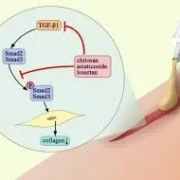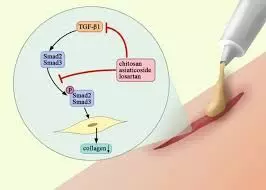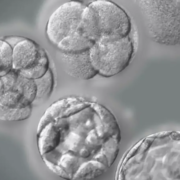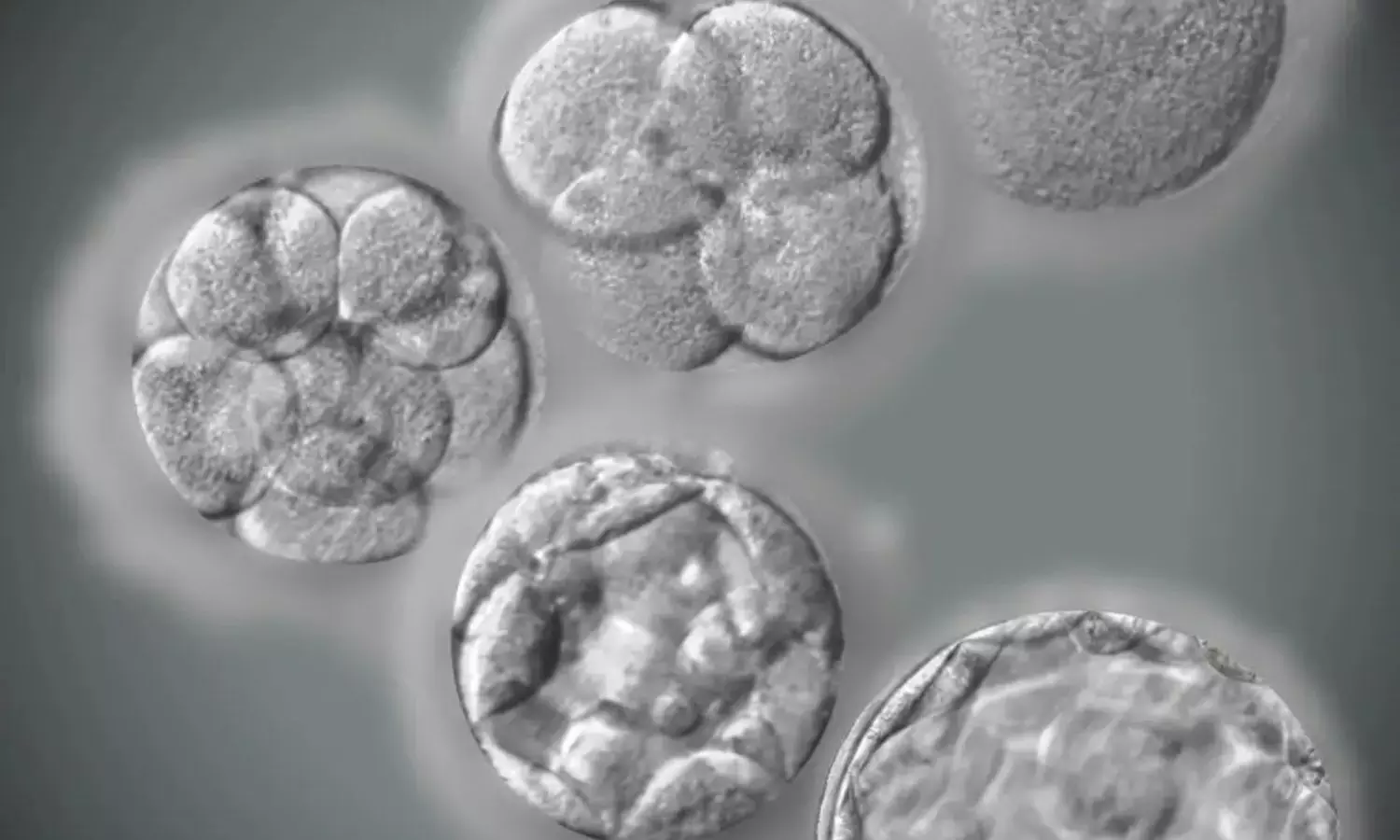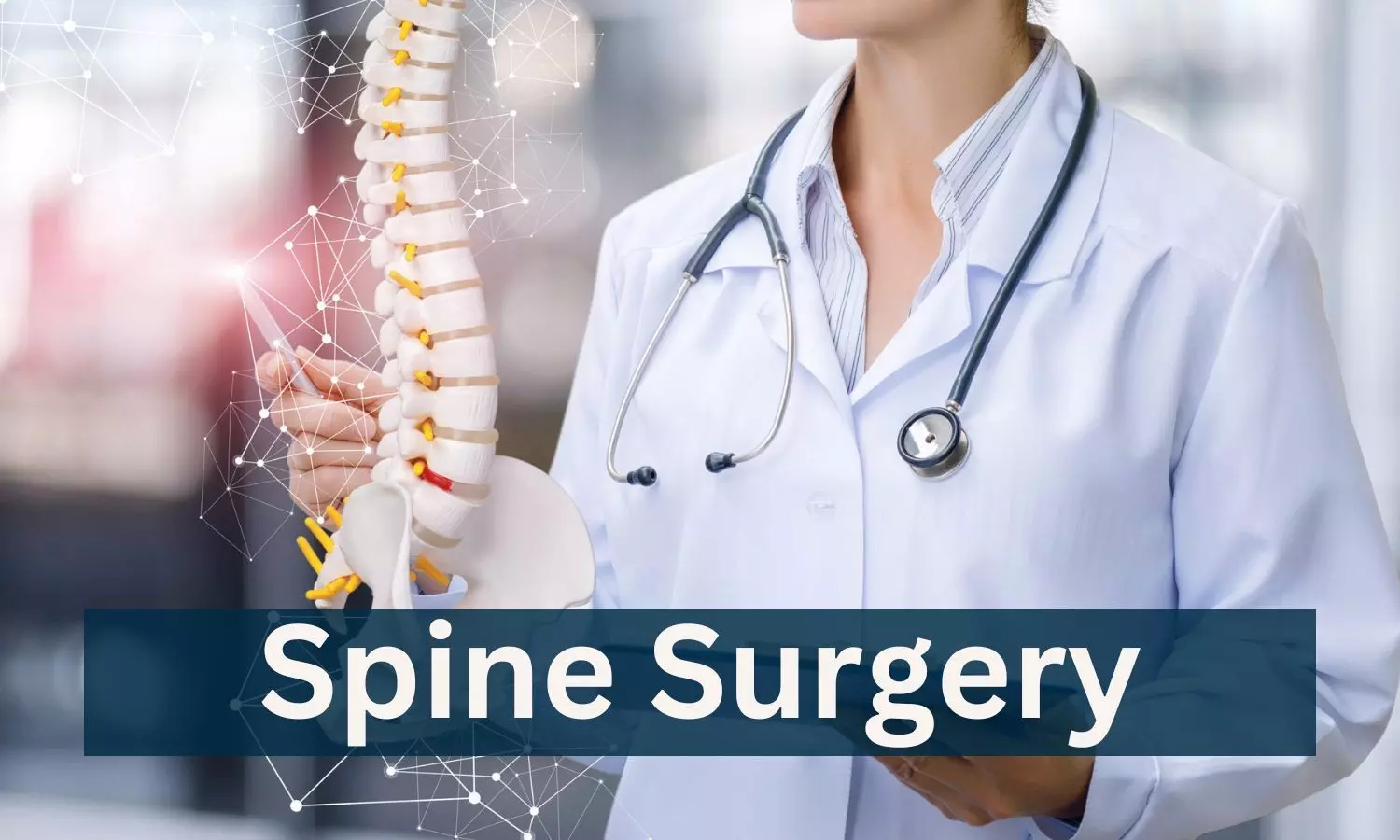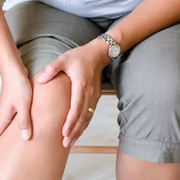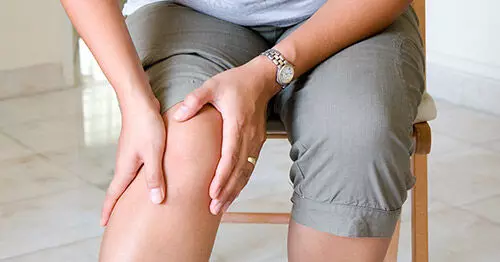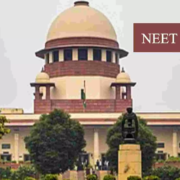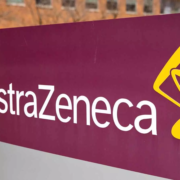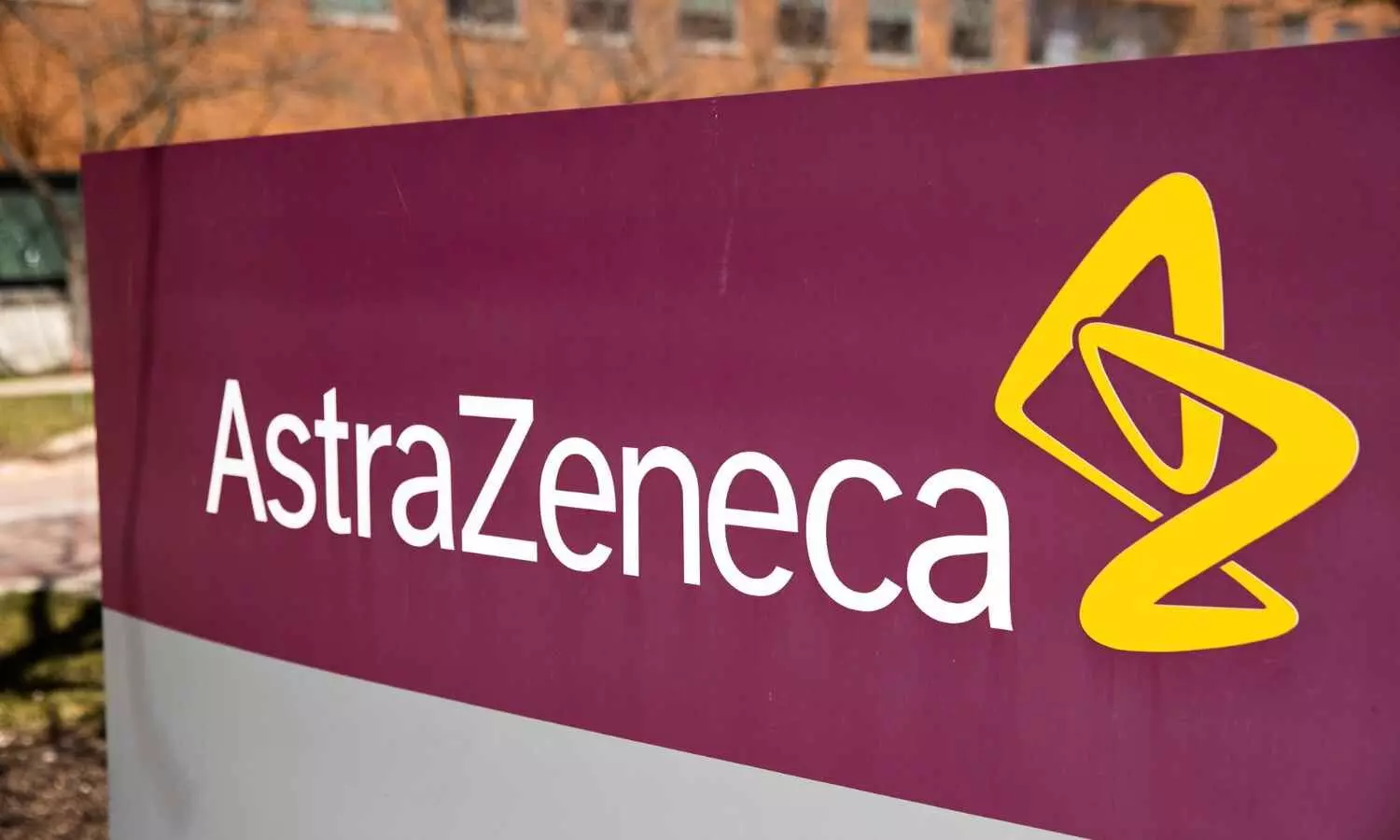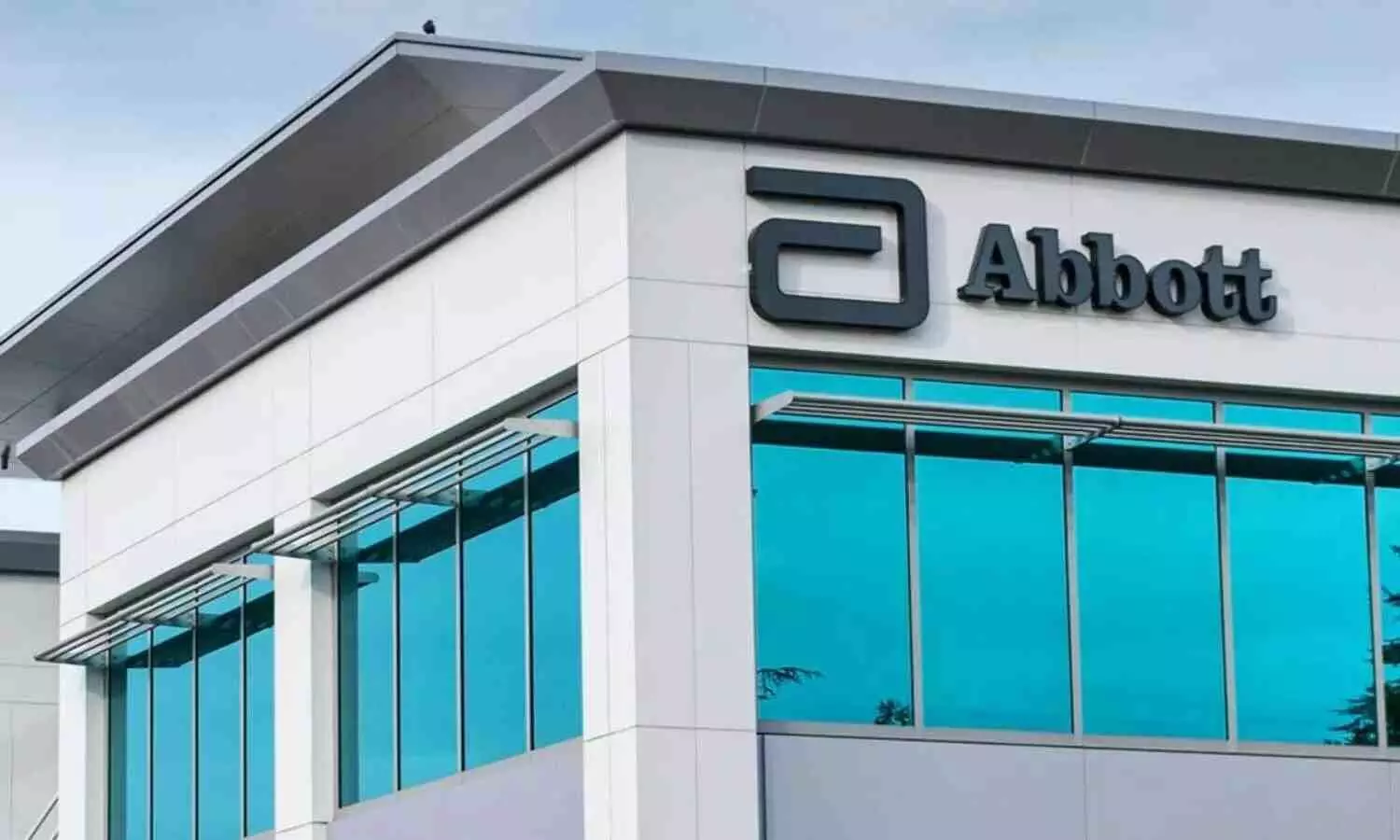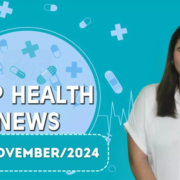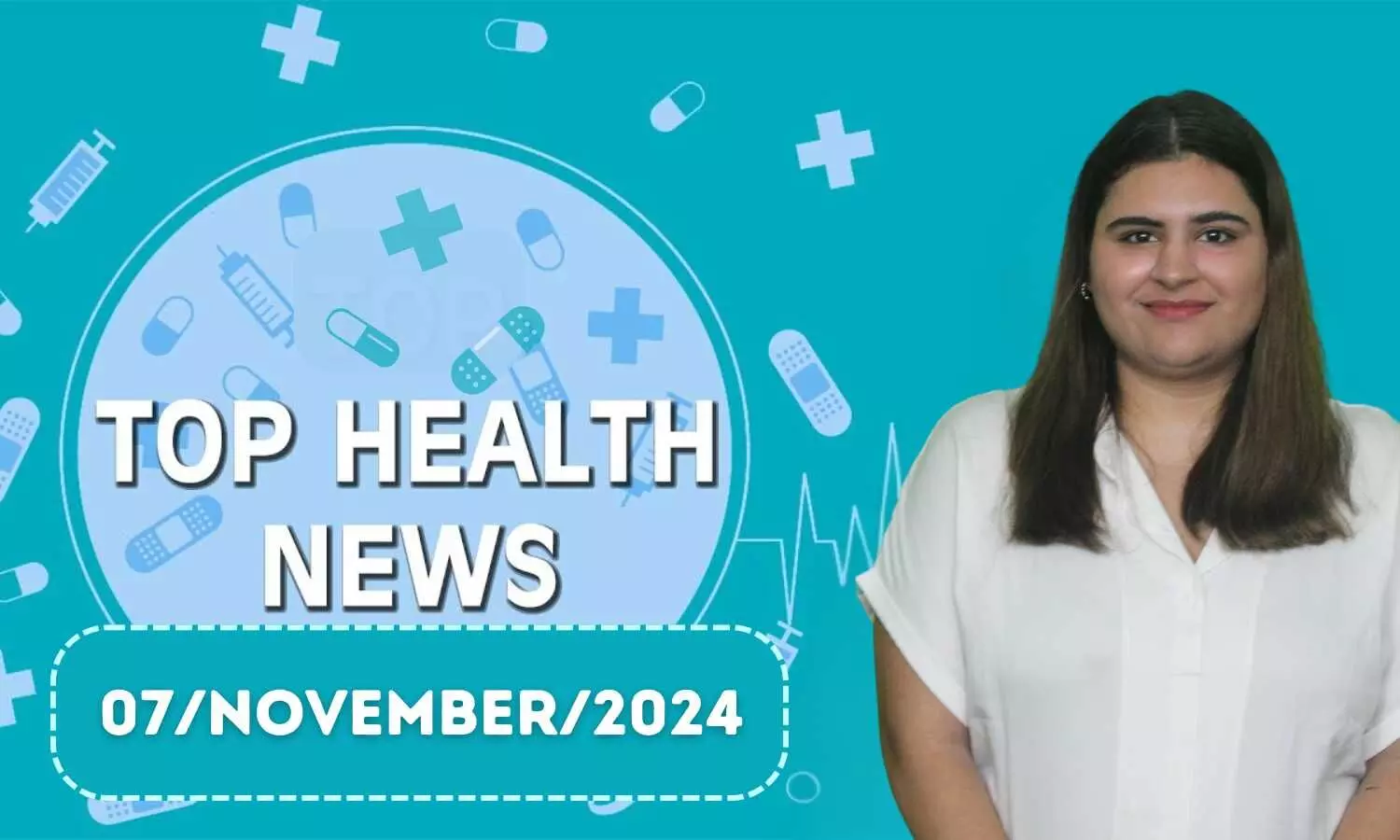Single serum hCG level 16 days after ovulation useful predictor of pregnancy outcome, suggests study
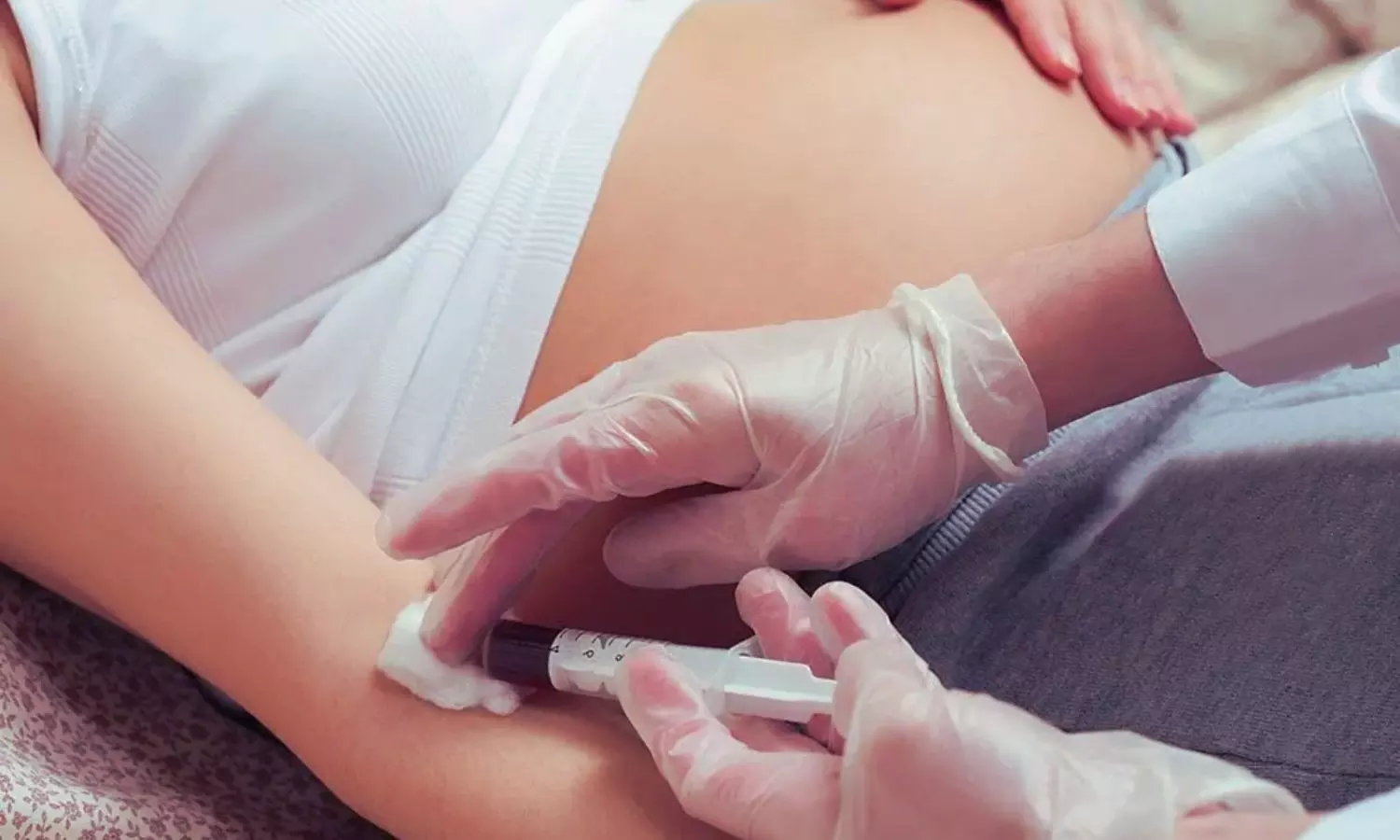
After assisted reproductive technology (ART) cycles,
elevated serum hCG at 16 days after ovulation is used as an endocrine marker of
pregnancy. Whether the pregnancy is ongoing is uncertain at this stage.
Diagnosis of pregnancy has both emotional and practical implications for the
pregnant woman, her family, and health care practitioners. Early diagnosis with
knowledge of prognostic outcome has the potential to reduce the stress often
associated with the uncertainty of outcome in ART treatment. The pregnancy test
under evaluation was obtained from a single blood test taken 16 days after
ovulation, which is assayed for levels of hCG and progesterone. Human chorionic
gonadotropin is secreted from the implanting blastocyst and appears in maternal
blood approximately 6–8 days after fertilization.
It would be beneficial for the patient, her family, and the
clinical team to have a reliable prognostic marker of pregnancy outcome at this
early stage. For the patient, ART treatment is often stressful, and waiting for
pregnancy test results can be a time of tension and uncertainty. Information
provided by staff to patients may be inconsistent or nonspecific, causing
further stress and uncertainty.
The objective of this retrospective study study by Gillian
Homan was to assess the predictive value on pregnancy outcome based on serum
hCG and progesterone levels 16 days after ovulation. Other factors, such as
treatment method, ovarian stimulation, luteal support, and age, were also
included in the analysis.
The data were obtained from two integrated Adelaide-based
clinics: the Queen Elizabeth Hospital and Wakefield Clinic. Patient(s): Women
who have achieved a pregnancy through ART treatment. Analysis of data using
logistic regression (STATA v.5.0) to predict a binary outcome: ongoing
pregnancy or miscarriage. Ongoing pregnancy was defined as progression to >20
weeks’ gestation. Miscarriage included spontaneous abortion, biochemical and
ectopic pregnancies, and blighted ovum.
Human chorionic gonadotropin was found to be the main
determinant of ongoing pregnancy. Age and progesterone had minor effects,
whereas stimulation, luteal support, and treatment types were nonpredictive.
Low hCG levels between 25 and 50 IU/L are associated with a low probability of
ongoing pregnancy (<35%), whereas levels of >500 IU/L predict a >95%
chance of ongoing pregnancy.
This study confirms the hypothesis that serum levels of hCG
in samples taken 16 days after ovulation are powerful predictors of good or
poor pregnancy outcome. Because of the large sample size, statistical modeling
could predict with precision, on the basis of the hCG level alone, the
probability of ongoing pregnancy. The strength of the relationship was
sufficient to allow its use at a clinical level for the prediction of pregnancy
outcome to the exclusion of all other markers.
In conclusion, a single serum sample taken and assayed 16
days after ovulation, following ART treatment, is clinically useful in
predicting pregnancy outcome. This is valuable information for both patients
and practitioners, because it does reduce anxiety and provide a basis for early
pregnancy management and monitoring. The findings of this study could be
included in a patient information sheet, because the relationship between the
level of hCG, age, and the predictive value of pregnancy outcome is
comprehensible to patients. This study included all ART treatment cycles;
therefore, this information can be used for all patients in units where a
variety of ART procedures are practiced.
Source: Gillian Homan, B.N., Susan Brown, R.N., John Moran; FERTILITY
AND STERILITY
Powered by WPeMatico


